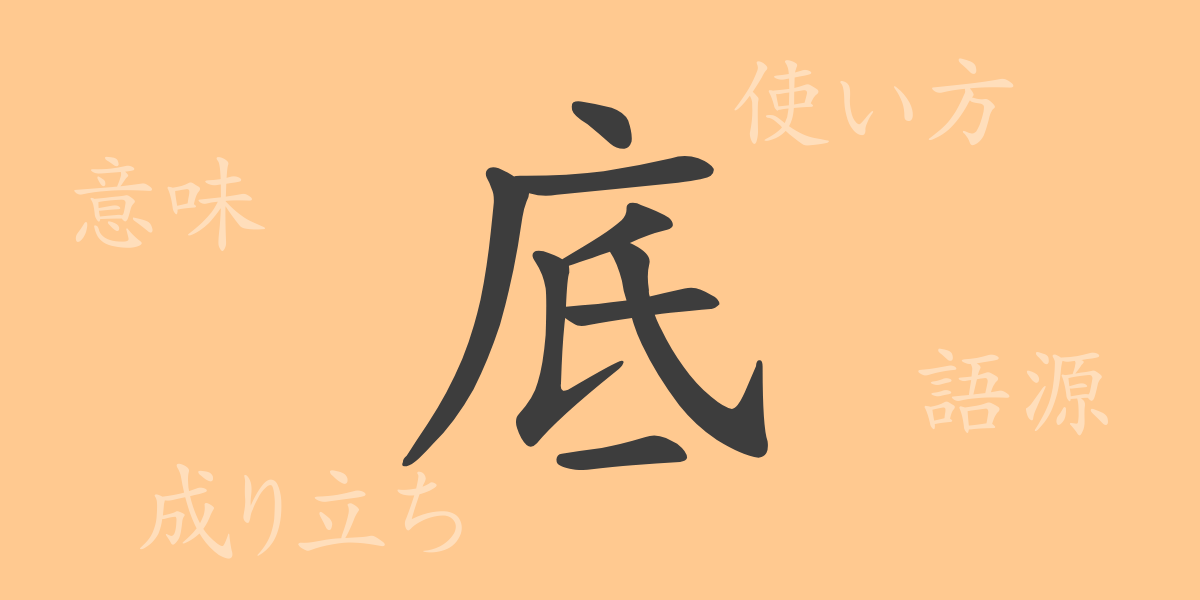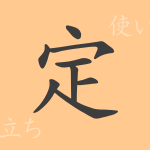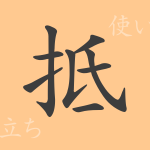The richness of the Japanese language is evident in its complex character system, each kanji possessing its own unique world. Today, we delve into the character ‘底(そこ)’, understanding the depth of this single character can enrich our use of language. From everyday conversation to business contexts and even literary works, the charm of ‘底’ is widely recognized and utilized.
Origins of ‘底(そこ)’
The kanji ‘底’ originated in ancient China, initially used to denote the ‘lowest position’ or ‘bottom’ of an object. Its primal form represented something hidden beneath the ground. Over time, the character evolved into its current form ‘底’, establishing its meaning as a symbol of physical ‘lowness’ or ‘depth’.
Meaning and Usage of ‘底(そこ)’
‘底’ carries meanings like ‘the bottom part of an object’, ‘the lower limit of a range’, and ‘the core or essence of a matter’. It is used to refer to the literal ‘bottom’ of an object or metaphorically in phrases like ‘heart’s bottom’ or ‘the bottom of a matter’. The term ‘底なし’ is also widely used to describe ‘limitlessness’ or ‘immeasurable depth’.
Readings, Stroke Count, and Radical of ‘底(そこ)’
The kanji ‘底’ has distinct readings and structural features:
- Readings: On’yomi is ‘テイ’, Kun’yomi is ‘そこ’.
- Stroke Count: Composed of 8 strokes.
- Radical: The radical is ‘广(まだれ)’, related to buildings or enclosures.
Phrases, Idioms, and Proverbs Using ‘底(そこ)’
Numerous idioms and phrases incorporate ‘底’, each reflecting the depth of the Japanese language. For example, ‘底力(そこぢから)’ refers to the potential strength displayed when facing difficulties. ‘底をつく’ means something is exhausted, like funds or resources. ‘底知れない’ describes an immeasurable ability or character trait. Mastering these expressions can greatly enhance your command of Japanese.
Conclusion on ‘底(そこ)’
The meaning embedded in each kanji offers infinite possibilities based on its application. Although often overlooked in daily life, understanding the uses and idioms associated with ‘底’ allows us to appreciate the profound layers of language. Through this exploration, we hope to have unveiled the diverse expressions of ‘底’.

























